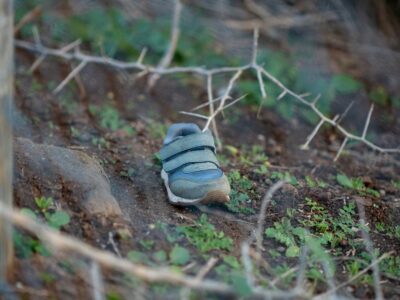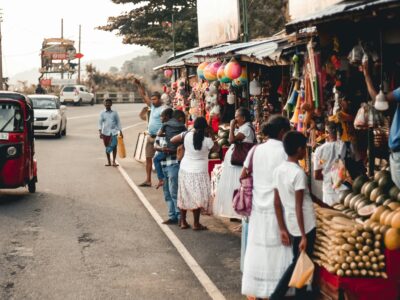24-09-2024
Stella Liantsi
South and East Asia Researcher,
Global Human Rights Defence.
A recent report from World Vision and Stockholm Environment Institute Asia explores the effects of labour migration on children in relation to climate change in Southeast Asia. It depicts life at the crossroads of poverty, marginalisation, injustice, and climate change. In total the report contains 92 personal stories from children, young adults, parents, and caregivers.
The study focuses on Southeast Asia, a region marked by dramatic disparities in human development due to high rates of migration and ethnic and socio-economic variety. 27 percent of its population is under 15 years of age and 16 percent is between the ages of 15 and 24 in 2022. According to the UN estimation, there were around 10.6 million migrants in Southeast Asia as of 2020, with Thailand housing the majority of them (1.27 million who were under the age of 18.). Another notable feature of the region is the frequency of natural disasters like catastrophic cyclones, deluges of rain, and floods. Climate change raises sea levels and causes more intense heat waves, unpredictable rainfalls, and droughts, endangering an increasing number of livelihoods and human welfare.
The study explores parental immigration and the children who stayed behind. It highlights the risks of forced labour, the exploitative working conditions, as well as the emotional impacts on children who stay behind. Further, the report examines child migration both with and without parents, which mostly results from the need to pay off household debts, school tuition fees, and medical expenses. It also draws attention to the difficulties these children endure, from their lack of legal status to restricted access to education and health care. A common thread in all these stories is the broader socio-economic context together with the impacts of climate and environment changes.
Key international and Association of Southeast Asian Nations (ASEAN) policies and regulations on Children’s rights and migration are also mentioned in the report. The United Nations Convention on the Rights of the Child is a noteworthy example that emphasises the need for governments to protect children and uphold their rights “without discrimination”. Efforts from the ten members of ASEAN have also been made to apply global standards to their regional context, as reflected in the ASEAN Joint Statement on Reaffirmation of Commitment to Advancing the Rights of the Child promising to “fully implement” the Convention. Further, the Regional Plan of Action on Implementing the ASEAN Declaration on the Rights of Children in the Context of Migration (2021-2030) has been put in place, and it includes initiatives aimed at strengthening the legal frameworks, ensuring there is a functioning child protection system, expanding access to social, health and education resources and advancing data gathering. However, the report highlights that even though these policies have potential, their effectiveness depends on their full implementation. The processes are in the early stages and much more work has to be done to increase public awareness, involve national and regional decision-makers, and promote effective policies and initiatives.
In conclusion, the report calls for action and provides recommendations centred around five key goals. First, it emphasises the significance of developing infrastructure and planning for catastrophes in order to increase community resilience. Secondly, it promotes providing fair and flexible support for sustainable livelihoods. Thirdly, it requests that migration be made more equitable and safe for both parents and children. The fourth goal underlines the significance of caring for caregivers and the children who live with them. Finally, it advocates for giving children and young people the freedom to be ambitious and build better futures for themselves.
Sources and further readings:
Stockholm Environment Institute. (2024, September 6). New report reveals children of migrants bear the brunt of climate change-related migration in Southeast Asia. SEI https://www.sei.org/about-sei/press-room/children-of-migrants-bear-the-brunt-of-climate-change-related-migration/. Accessed 18 November 2024.
World Vision International & Stockholm Environment Institute. (2024, September). Children, climate and migration: A report on vulnerabilities and opportunities. World Vision. https://www.wvi.org/sites/default/files/2024-09/SEI-WV-Children-ClimateMigrationReport-LongVersion_Final_Web%204.pdf








Comments